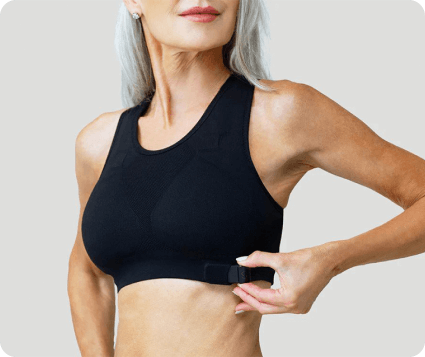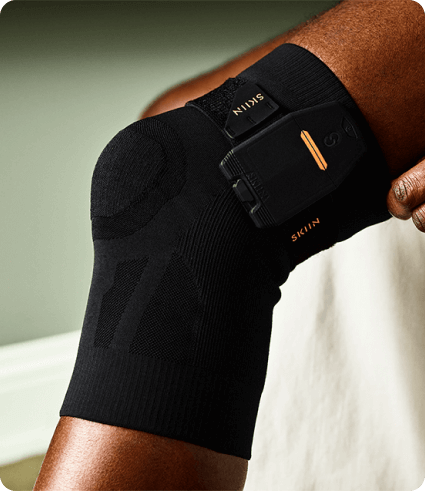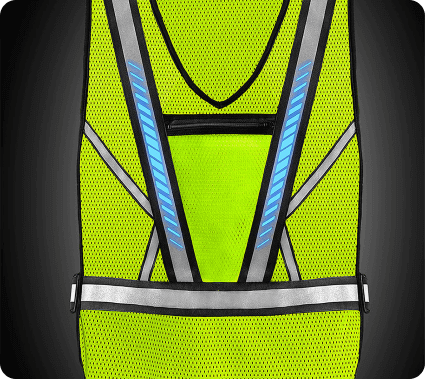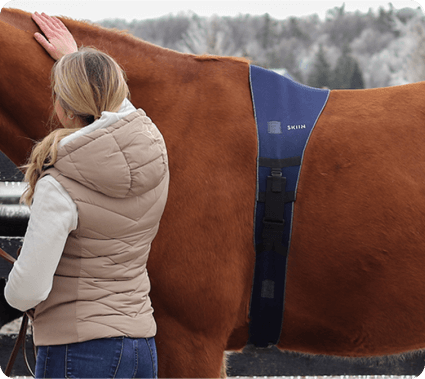
Healthcare
The use of wearables, in particular smart textiles are becoming increasingly popular in healthcare applications due to their potential to improve patient monitoring, treatment, and overall care management. Smart textiles can be embedded with sensors, microcontrollers, and other electronics that can monitor vital signs, provide therapy stimuli, and even release medication as needed.
This technology can be particularly useful for patients with chronic conditions, disabilities, or those in remote or underserved areas. Smart textiles can also provide real-time data to healthcare professionals, allowing for more accurate and efficient diagnoses and treatment plans.
Sports & Wellness
Smart textiles can be used to enhance athletic performance and monitor the wearer’s physical condition. Smart clothing can be embedded with sensors that can detect changes in heart rate, respiration, and body temperature. This information can be relayed to coaches and trainers, allowing them to adjust training programs and optimize performance. In addition, smart textiles can be used to track motion and analyze movement patterns, helping athletes to improve their technique and reduce the risk of injury.
Smart textiles can also be used to enhance recovery after exercise by providing compression or delivering therapeutic vibrations to help reduce muscle soreness and promote healing. These technologies can benefit not only elite athletes but also casual exercisers, providing real-time feedback and insights that can help people achieve their fitness goals and improve their overall well-being.
Our proprietary testing protocols and equipment ensure what is built will last.


Worker Safety
Smart textiles can also have many potential applications in the automotive and aerospace industries. By incorporating sensors and other electronics into the fabrics used in vehicle interiors, smart textiles can monitor the health and well-being of drivers and passengers, providing real-time data on vital signs, stress levels, and fatigue. This information can be used to adjust the driving environment to improve comfort and safety.
Additionally, smart textiles can be used to improve the comfort and performance of aerospace suits, allowing astronauts to move more freely and with less fatigue, while also providing vital monitoring and life support functions.
Automotive & Aerospace
Smart textiles can also have many potential applications in the automotive and aerospace industries. By incorporating sensors and other electronics into the fabrics used in vehicle interiors, smart textiles can monitor the health and well-being of drivers and passengers, providing real-time data on vital signs, stress levels, and fatigue. This information can be used to adjust the driving environment to improve comfort and safety.
Smart textiles can also be used to improve the durability and safety of vehicle components. For example, smart textiles can be embedded into the materials used in airbags, allowing for more precise and controlled deployment. They can also be used to detect damage or wear in vehicle components, such as tires or seat belts, providing early warning of potential failure.
Additionally, smart textiles can be used to improve the comfort and performance of aerospace suits, allowing astronauts to move more freely and with less fatigue, while also providing vital monitoring and life support functions. The incorporation of smart textiles into the automotive and aerospace industries has the potential to improve safety, comfort, and performance, while also opening up new possibilities for innovation and design.


Animal Health & Sciences
Smart textiles can play a role in promoting animal health and welfare through accessible and comfortable solutions to give animals a voice, enable predictive veterinary care, and provide caregivers with peace of mind. Animals are unable to communicate their needs, meaning that human care providers can only react to the behavioral and physiological symptoms they are able to observe. Since owners cannot always be with their animals, observations are typically episodic in nature and may be lacking in diagnostic value. The use of near-continuous biometric monitoring will provide a more holistic, predictive, and preventative approach to animal care, leading to improved animal health, performance, and welfare.